The Grand Canyon National Park stands as one of the most breathtaking natural wonders in the world and is truly the crown jewel of the American Southwest. Stretching over 277 miles through northern Arizona, this majestic canyon carved by the Colorado River offers visitors an unparalleled experience of nature’s grandeur and geological history. Whether you are planning your first visit or returning for another adventure, this comprehensive guide will walk you through everything you need to know about exploring the Grand Canyon, including the best hikes, camping options, lodging, accessibility, and tips for making the most of your trip. Along the way, we’ll also touch on the fascinating connection between the region’s natural beauty and the thriving Utah real estate market, which continues to attract those inspired by the vast landscapes of the Southwest.
Introduction to the Grand Canyon National Park
The Grand Canyon is a vast and deep chasm carved over millions of years by the Colorado River, which flows at its base. The canyon is about a mile deep in most areas, and while the distance between the north and south rims is roughly 10 miles, there is no bridge connecting the two. This means traveling between rims requires a significant drive of about five hours around the canyon.
Most visitors flock to the south rim, which is more accessible from major cities like Phoenix and via Interstate 40. The north rim, in contrast, is more remote and can only be accessed by passing through southern Utah, making it a quieter, less crowded destination favored by those seeking solitude and a deeper connection with nature. This remoteness also influences the real estate dynamics in neighboring Utah, as properties near these national treasures tend to have unique appeal and value.

Things to Do in the Grand Canyon
Simply standing at the edge of the Grand Canyon is an awe-inspiring experience, but there is so much more to do beyond the iconic viewpoints. The south rim is home to the Grand Canyon Village and a visitor center that provide excellent starting points for any trip. Exploring the village, learning about the canyon’s geology and history, and wandering the various trails near the rim offer visitors a chance to immerse themselves in the park’s atmosphere.
For those craving adventure, the Grand Canyon offers a wide array of activities including camping, hiking, biking, river rafting, helicopter tours, and mule rides. However, it’s important to plan carefully and choose activities on the same rim to avoid logistical challenges. For instance, booking a hiking trip on the south rim and a rafting excursion on the north rim would be impractical due to the long drive between the two.
Biking Adventures
The south rim is particularly famous for its bike-friendly routes. One of the most scenic and popular rides is Hermit Road, a seven-mile stretch closed to car traffic from March through November. This closure makes it one of the best places to cycle without worrying about vehicle traffic, allowing cyclists to soak in the stunning canyon views at a leisurely pace. For those looking for a longer ride, Yaki Point Road offers a more challenging 42-mile journey through spectacular terrain.
Best Hikes and Trails in the Grand Canyon
Hiking in the Grand Canyon is an unforgettable experience, but it requires preparation and respect for the landscape. The park offers trails on both the north and south rims, each providing different perspectives and challenges. Hiking down to the Colorado River at the canyon’s base is a major undertaking that typically requires at least two days due to the steep elevation changes and strenuous conditions.
For visitors who prefer day hikes, there are several options that offer incredible views without the need for overnight camping. It’s crucial to understand the difficulty and length of each trail before setting out to ensure safety and enjoyment.
Bright Angel Trail
Bright Angel Trail is the most popular and accessible trail for first-time visitors. It is well-maintained and features shaded rest stops, making it an ideal choice for summer hikes when temperatures can soar. The trail stretches 9.5 miles one way from the rim to the river, but many hikers choose to turn around earlier or stay overnight at the campground near the bottom. Bright Angel Trail’s combination of accessibility and stunning scenery makes it a must-try for anyone visiting the Grand Canyon.
Thunder River Trail
For the more experienced and adventurous backpacker, Thunder River Trail is a legendary route that leads to a small oasis with flowing waterfalls and lush vegetation—a rare sight surrounded by the desert landscape. The hike involves challenging switchbacks and can vary between 8 and 15 miles one way depending on the starting point. This trail is not for the faint of heart, but those who complete it are rewarded with a unique and serene experience deep within the canyon.
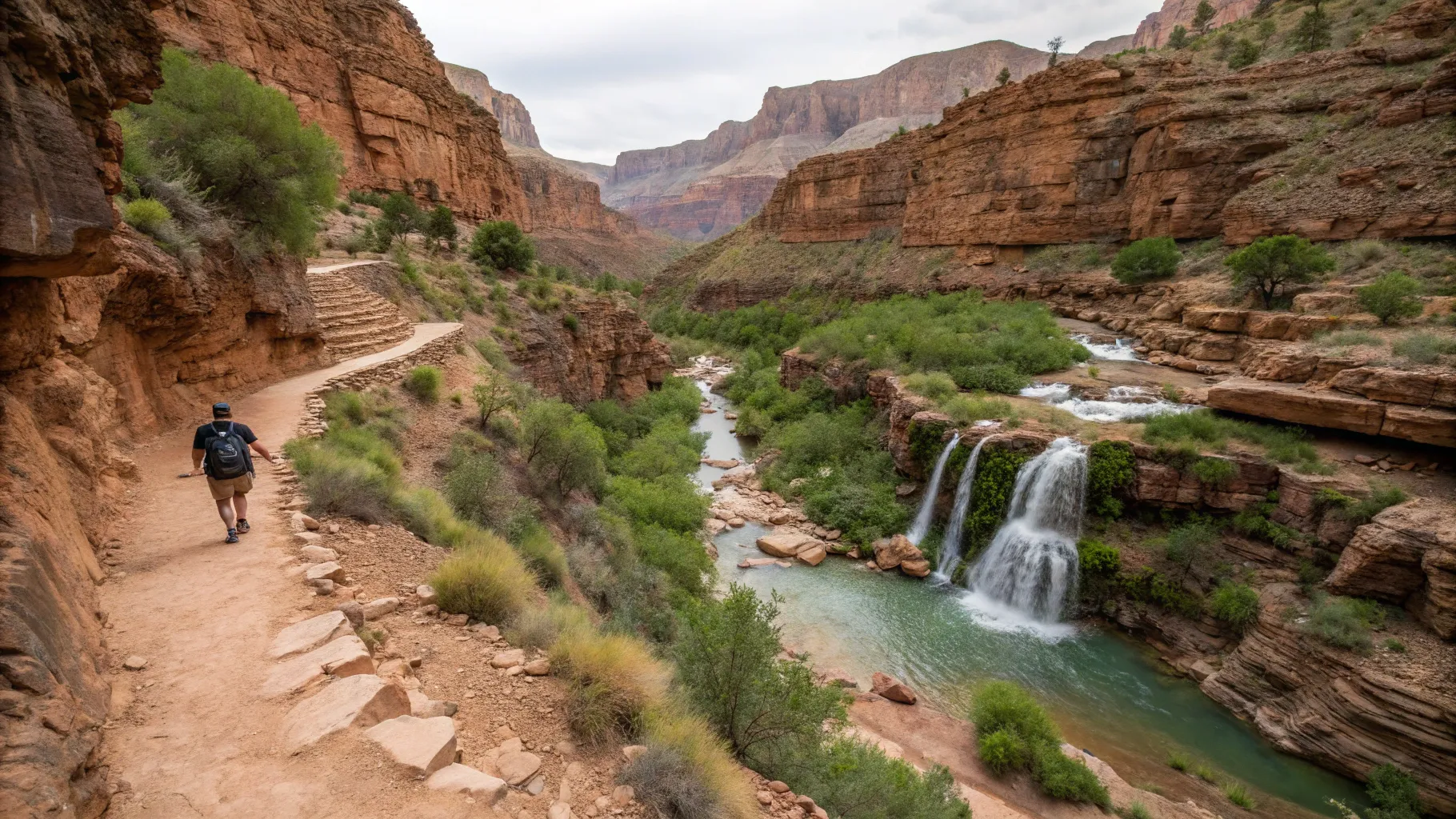
Rim Trail
For those who prefer to stay closer to the rim and avoid steep elevation changes, the Rim Trail is an excellent option. Beginning at the south rim visitor center, this trail offers a relatively flat hike with numerous viewpoints overlooking the canyon, providing breathtaking panoramic views without the physical demands of descending into the canyon itself.
River Rafting: A Different Perspective
Viewing the Grand Canyon from the rim is spectacular, but experiencing it from the Colorado River offers an entirely different perspective. River rafting trips range from peaceful float trips to exhilarating white-water adventures. Options vary in length from as short as half a day to as long as three weeks, with multi-day trips that include camping along the river being the most popular among visitors.
Most visitors book these rafting trips through tour operators who handle all the logistics, but experienced rafters can apply for permits to navigate the river independently. Whichever option you choose, rafting through the Grand Canyon is a dream excursion that offers unmatched views and a thrilling connection with nature.
Where to Camp in the Grand Canyon
The park offers four campgrounds—three on the south rim and one on the north rim. These campgrounds are highly popular and book up months in advance, so early planning is essential. Reservations generally open six months ahead of your desired dates, except for Trailer Village, which has a different booking schedule.
Maither Campground
Maither is the only tent-only campground open year-round and is located in the busy Grand Canyon Village on the south rim. It offers over 300 campsites and is conveniently situated near park entrances and amenities.
Desert View Campground
Located about 23 miles east of Grand Canyon Village, Desert View Campground is smaller, with just 50 campsites, and is open seasonally. Its peaceful setting makes it a favorite for campers seeking solitude and a quiet connection with nature.
Trailer Village
Trailer Village is the only campground in the park with full hookups for RVs. It is exclusively for RV campers and does not accommodate tents. Like Maither, it is open year-round and located on the south rim.
North Rim Campground
For those wanting to camp on the north rim, this campground is the only option within the park on that side. Its remoteness means fewer crowds and a more tranquil camping experience, but it is only open seasonally, typically from mid-May to mid-October.
If you plan to camp outside of these designated campgrounds in the backcountry, you must apply for a backcountry permit well in advance. This ensures the preservation of the park’s natural environment and your safety during the trip.
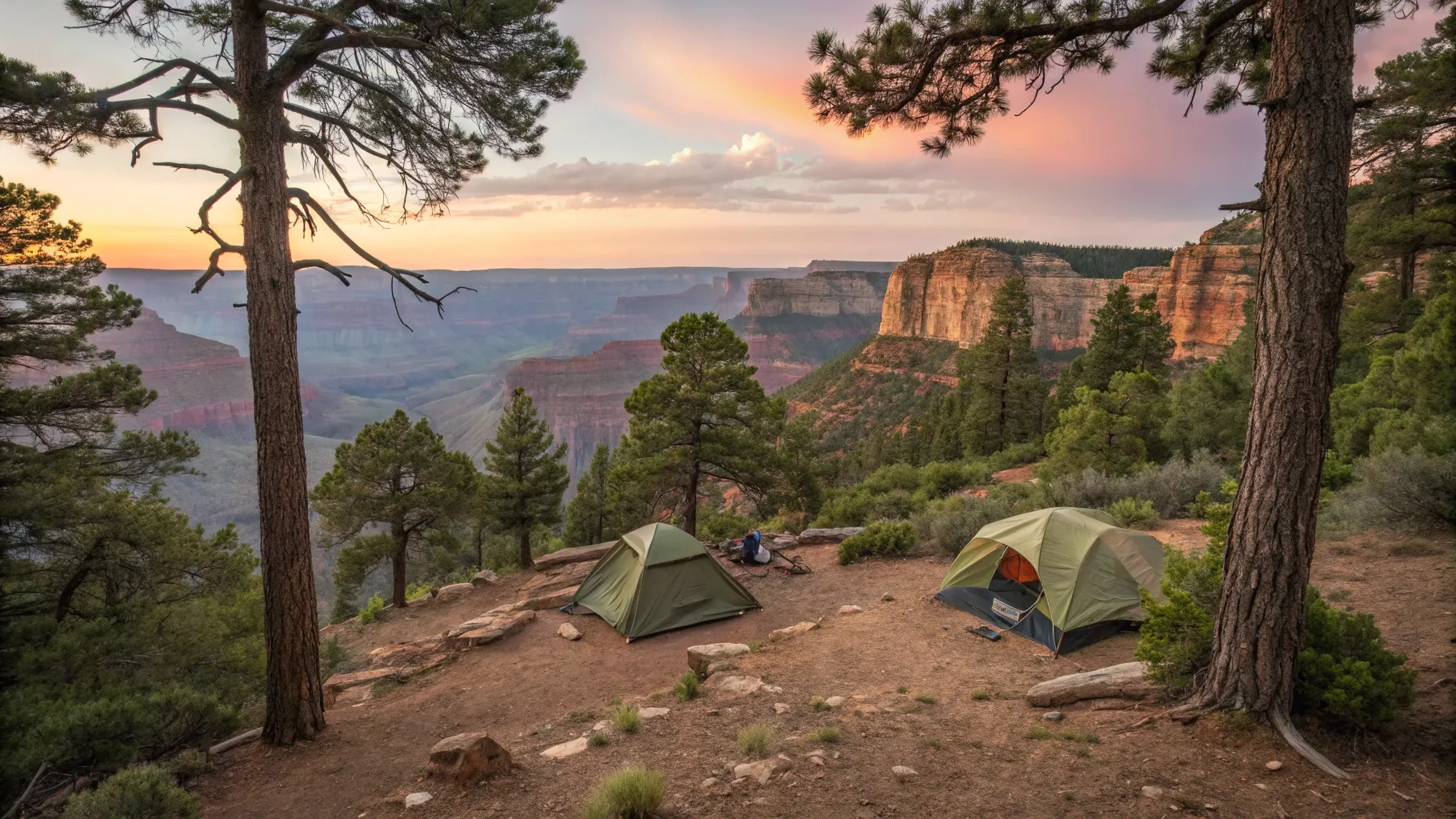
Where to Stay Nearby the Grand Canyon
While camping is a fantastic way to experience the canyon, there are also several lodging options both inside and near the park for those who prefer more comfort.
Phantom Ranch
Phantom Ranch is the only lodging option located at the base of the canyon, below the rims. Accessible only by hiking down, riding a mule, or rafting, it offers rustic cabins and dormitories. Due to its unparalleled location, Phantom Ranch is extremely popular, and staying there requires entering a lottery system months in advance.
El Tovar Hotel
For those seeking elegance and history, El Tovar Hotel is the premier lodging option on the south rim. Open since 1905, it offers a glimpse into the frontier days with its historic charm and prime location right on the canyon’s edge. Rooms fill up quickly, so booking well ahead of time is essential.
Little America Flagstaff
Located about an hour and a half drive from the south rim, Little America Flagstaff offers spacious rooms surrounded by a picturesque ponderosa pine forest. This is a great choice for families or groups looking for comfortable accommodations outside the park but still close to the canyon.
Grand Canyon Lodge
For visitors to the north rim, the Grand Canyon Lodge provides a rustic yet comfortable experience next to the north rim visitor center. It is only open seasonally, from mid-May to mid-October, aligning with the north rim’s accessibility.
How to Get to the Grand Canyon
Your choice of arrival depends on which rim you plan to visit. For the north rim, flying into Las Vegas and renting a car is the most common route, though it involves a four-and-a-half-hour drive to the park. Arriving early and resting before exploring is recommended due to the lengthy drive.
The south rim is accessible by flying into either Phoenix or Flagstaff. Flagstaff is closer but has a smaller airport with fewer flights. Most visitors fly into Phoenix International Airport and then drive about three and a half hours to the park. Factoring in travel time is crucial when planning your itinerary.
Accessibility in the Grand Canyon National Park
The park strives to accommodate visitors with mobility challenges. All shuttle buses within the park are wheelchair accessible, making it easier to move around the rim. However, trails descending into the canyon are steep, rocky, and narrow, limiting accessibility for those with mobility impairments.
Many historical buildings in the park are not fully accessible, but a scenic drive accessibility permit allows visitors with disabilities to access park roads that are typically off-limits. Additionally, visitors with permanent disabilities can apply for a lifetime access pass that grants free admission to over 2,000 recreation areas across the U.S., including all national parks.
Tips for Visiting the Grand Canyon
Planning your visit to the Grand Canyon requires attention to timing and preparation to ensure a safe and enjoyable experience. Here are some key tips to keep in mind:
- Free Entry Days: Take advantage of free entry days such as Martin Luther King Day, Veterans Day, and National Park Week in April to save on admission fees.
- Permits: Most activities beyond exploring the rim and visitor center require permits. Make sure to secure these ahead of time to avoid surprises.
- Weather Considerations: Summer is the busiest season but also the hottest, with temperatures often exceeding 100°F (38°C). Prepare for crowds and intense heat by bringing plenty of water and sun protection.
- Winter Visits: Visiting during the winter offers a unique perspective when the desert landscape is dusted with snow. Note that only the south rim remains open in winter.
- Monsoon Season: From July to September, daily afternoon thunderstorms are common. Even if mornings are clear, always pack a rain jacket and extra water.
- Sunset Viewing: Don’t miss the spectacular sunsets, especially from spots like Hermit’s Rest on the south rim, where the canyon’s rusty colors come alive at dusk.
- Skywalk Clarification: The famous Grand Canyon Skywalk is not inside the national park but on the Hualapai Indian Reservation at Grand Canyon West, closer to Las Vegas.
Connecting the Grand Canyon Experience with Utah Real Estate
While the Grand Canyon itself lies in Arizona, its proximity to southern Utah has a significant impact on the region’s real estate market. The natural beauty, outdoor recreation opportunities, and tranquil landscapes of the Southwest attract many buyers and investors to Utah’s real estate market. Properties near national parks and wilderness areas often hold higher value due to their scenic views and access to outdoor activities.
For those inspired by the Grand Canyon’s rugged beauty and looking to settle in the region, Utah offers a variety of options ranging from mountain homes near Zion and Bryce Canyon to urban living in cities like St. George and Moab. These locations provide a unique blend of modern amenities and easy access to some of the country’s most spectacular landscapes, making Utah real estate an attractive investment for nature lovers and adventurers alike.
Conclusion
The Grand Canyon National Park remains a timeless destination that captivates millions with its vastness, beauty, and opportunities for adventure. Whether you’re hiking down Bright Angel Trail, biking along Hermit Road, rafting the Colorado River, or simply soaking in the sunset views, the canyon offers experiences that stay with you forever. Planning ahead—especially for camping, lodging, and permits—is key to making the most of your visit.
Moreover, the connection between the Grand Canyon’s awe-inspiring landscapes and the nearby regions, including Utah, highlights the broader appeal of the American Southwest. The allure of the canyon extends beyond its borders, influencing real estate trends and lifestyle choices in the surrounding areas. For anyone captivated by the grandeur of the Grand Canyon, exploring Utah real estate could be the next step in embracing the spirit of the Southwest.
With this complete guide, you are well-equipped to plan a memorable and enriching trip to the Grand Canyon National Park in 2025. Embrace the adventure, respect the natural environment, and prepare for an experience that will inspire and amaze you at every turn.

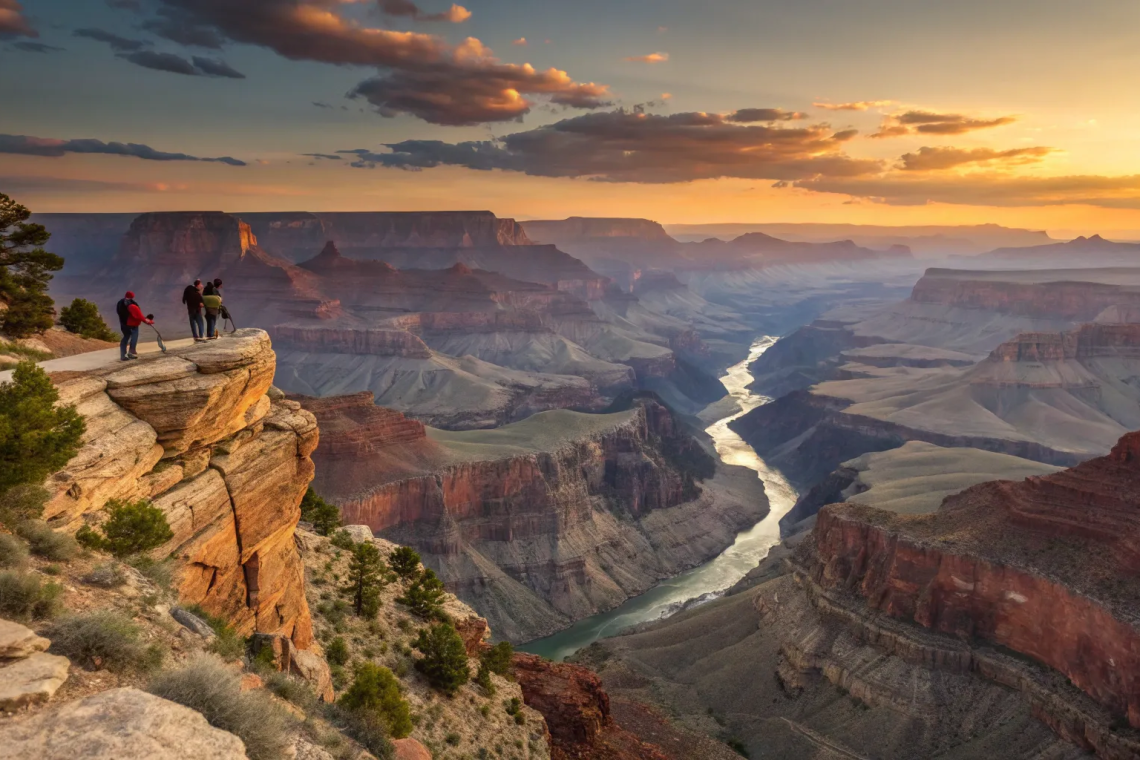



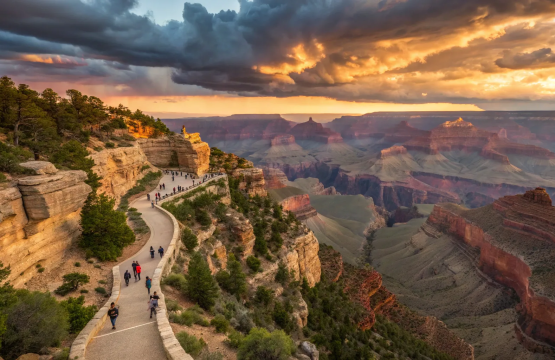
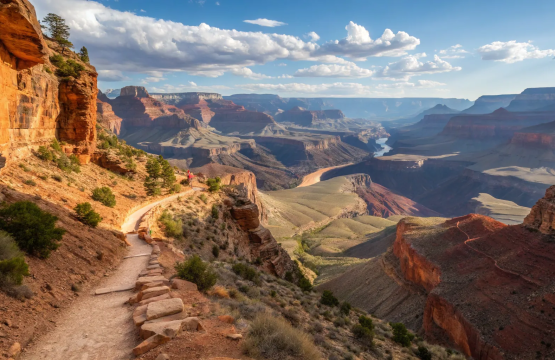
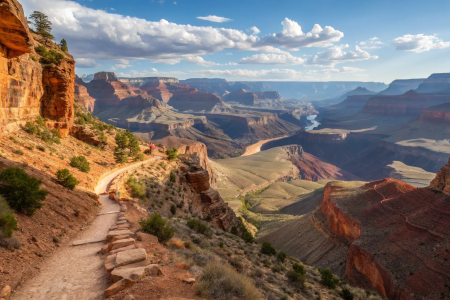
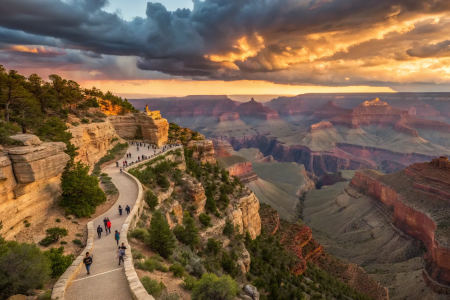
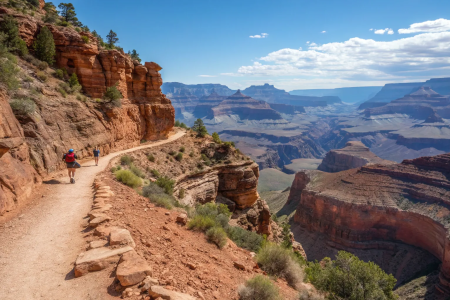

Join The Discussion